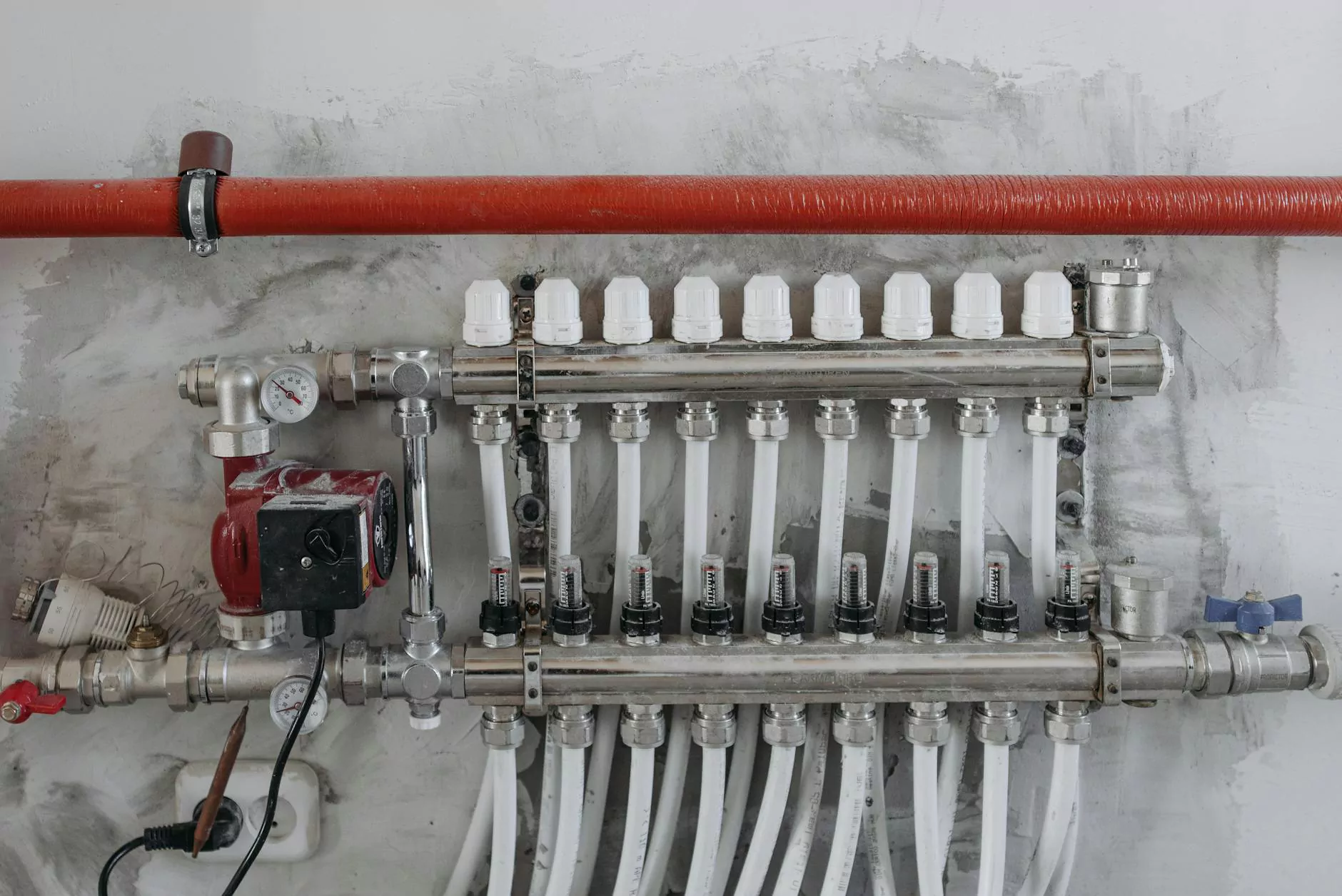What is Ultraviolet Ink?

Ultraviolet ink is a type of ink that is cured using ultraviolet (UV) light. This unique printing ink has gained significant traction in the printing industry due to its numerous advantages over conventional inks. In this comprehensive article, we’ll explore what ultraviolet ink is, how it works, its benefits, applications, and the role it plays in modern printing services, particularly for those looking to enhance their print marketing strategies.
The Basics of Ultraviolet Ink
To fully grasp what ultraviolet ink entails, let’s break down the fundamentals. Ultraviolet ink is made up of a combination of pigments, resins, and photoinitiators. Photoinitiators are substances that absorb UV light and initiate a chemical reaction, leading to curing or hardening of the ink. This curing process occurs almost instantaneously when printed and exposed to UV light, which makes this type of ink particularly unique compared to traditional inks that usually require time to dry and cure.
How Does Ultraviolet Ink Work?
When ultraviolet ink is applied to a surface, it is exposed to UV light, which causes the liquid components of the ink to react. Here are the fundamental steps in the process:
- Ink Application: The ink is deposited onto the substrate using various printing techniques such as offset printing, digital printing, or screen printing.
- UV Exposure: Immediately after application, the printed material passes under a UV lamp. The UV light initiates a photochemical reaction in the ink.
- Curing Process: This reaction causes the ink to polymerize, turning it from a liquid to a solid almost instantaneously. This provides a surface that is durable and resistant to various elements.
- Final Output: The final output is a vibrant, high-quality print that is dry and ready for further processing, packaging, or shipping.
Benefits of Using Ultraviolet Ink
The use of ultraviolet ink offers a myriad of benefits that make it a sought-after choice in printing services. Here are some significant advantages:
1. Quick Drying Time
One of the most notable benefits of UV ink is its rapid drying time. The curing process occurs almost instantly, which enhances productivity and allows for faster turnaround times.
2. Vivid Print Quality
UV inks are known for producing sharp, vibrant colors. The curing process locks in the pigments, resulting in prints that stand out and capture attention.
3. Versatility
Another advantage is the versatility of UV ink. It can be used on a variety of substrates including paper, plastic, metal, glass, and even wood. This opens up a wide range of printing possibilities for businesses and creative projects.
4. Durability
UV printed materials are highly durable. They are resistant to scratching, fading, and water, making them ideal for both indoor and outdoor applications.
5. Environmentally Friendly
Comparing UV inks to traditional solvent-based inks, UV inks are generally considered to be more eco-friendly. They contain fewer volatile organic compounds (VOCs), which contribute to air pollution and can be harmful to health.
Applications of Ultraviolet Ink
Ultraviolet ink is widely used across various industries due to its beneficial properties. Here are some common applications:
1. Commercial Printing
In the commercial printing industry, UV ink is ideal for producing brochures, business cards, and catalogs. The quick turnaround and high-quality output appeal to businesses looking for effective marketing materials.
2. Packaging
UV ink is extensively used in packaging materials, including labels, boxes, and flexible packaging. Its durability ensures that packaging lasts and remains visually appealing during transportation.
3. Signage
For outdoor advertisements and signage, UV inks are preferred due to their weather resistance and ability to maintain color vibrancy. Businesses utilize UV printing for promotional banners and posters to ensure longevity.
4. Specialty Printing
Artists and designers are increasingly using UV ink for fine art prints and specialty items due to its ability to adhere to various surfaces and produce intricate details.
5. Textile Printing
Recent innovations have enabled the use of UV ink in textile printing, allowing for unique patterns and designs that can withstand washing and wear.
Comparing Ultraviolet Ink to Traditional Inks
Understanding the differences between ultraviolet ink and traditional ink types is crucial for businesses deciding on their printing methods. Here’s how they stack up:
PropertyUltraviolet InkTraditional InkDrying TimeInstantaneousVariable (requires time to dry)Print DurabilityHigh (water, scratch, and fade resistant)Lower (depends on type)Color SaturationVibrant, sharp colorsCan vary significantlyEnvironmental ImpactLower VOC emissionsHigher VOC emissionsConclusion: Embracing the Future of Printing
In conclusion, understanding what ultraviolet ink is and its advantages positions businesses and printing services on the cutting edge of technology. The combination of rapid curing, vibrant colors, and versatility makes UV ink an excellent choice for various applications ranging from commercial printing to specialized tasks. As businesses look for more efficient, durable, and environmentally-friendly printing solutions, ultraviolet ink represents a significant advancement in the printing service industry.
At Boston Industrial Solutions, we pride ourselves on offering innovative printing services that utilize the latest technology, including ultraviolet ink solutions. By embracing these advancements, your business can harness the power of modern printing to effectively communicate your brand message and engage your audience.
what is ultraviolet ink








